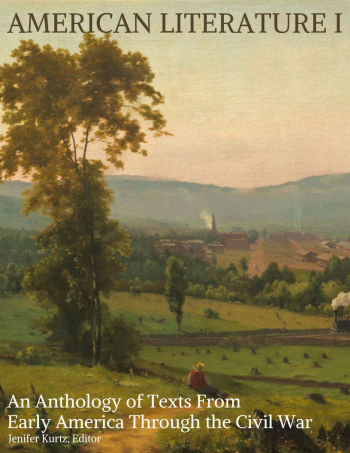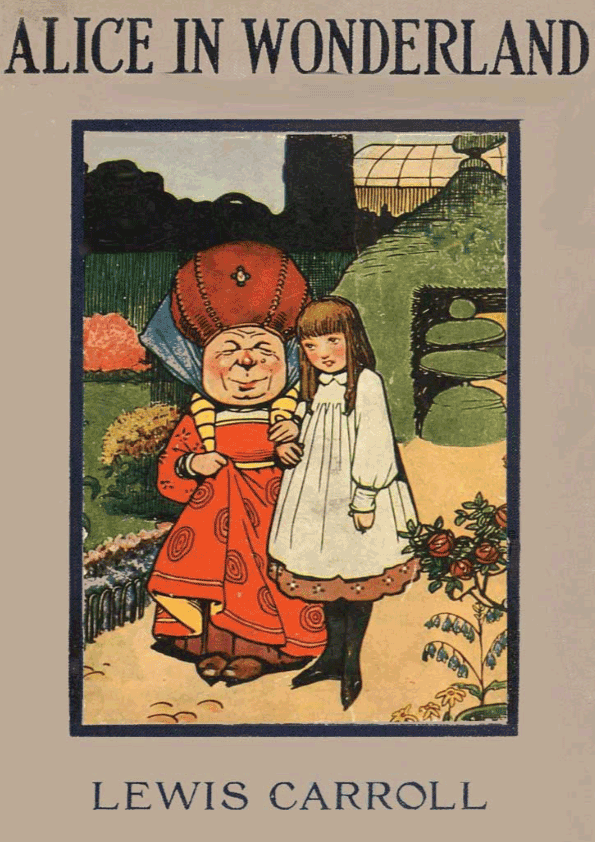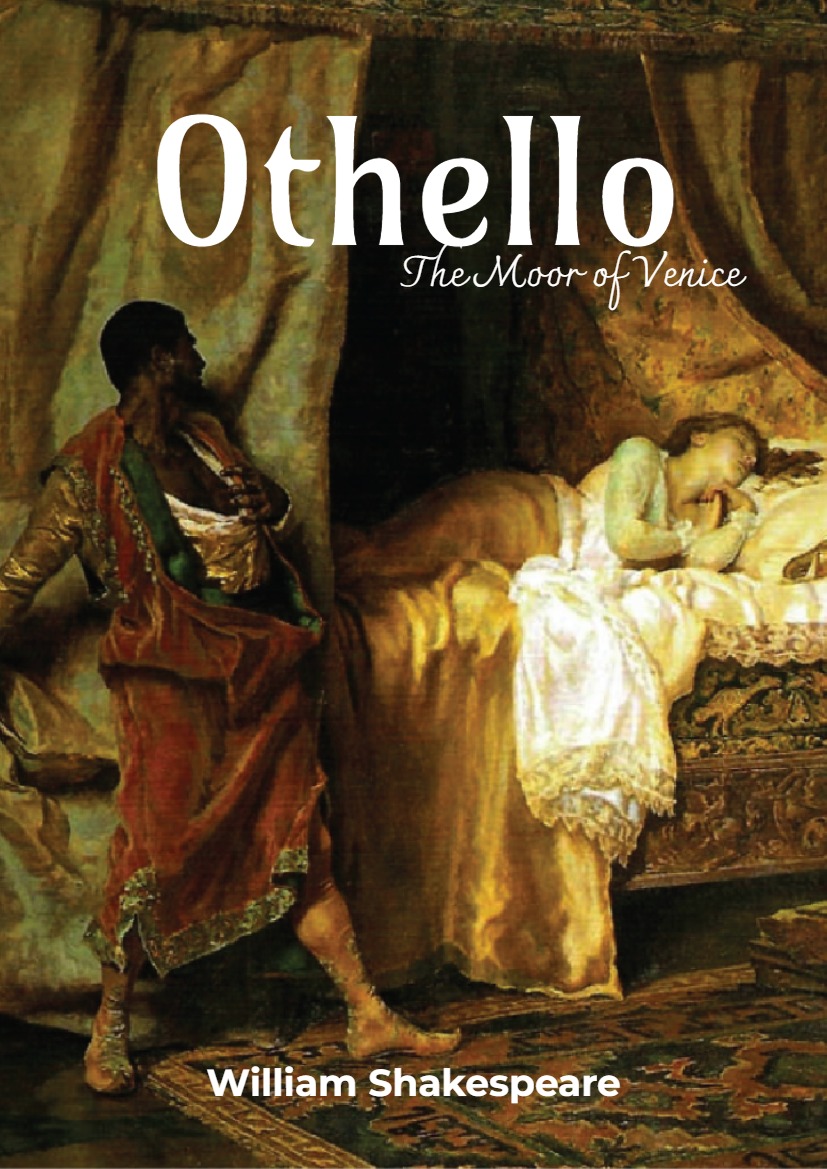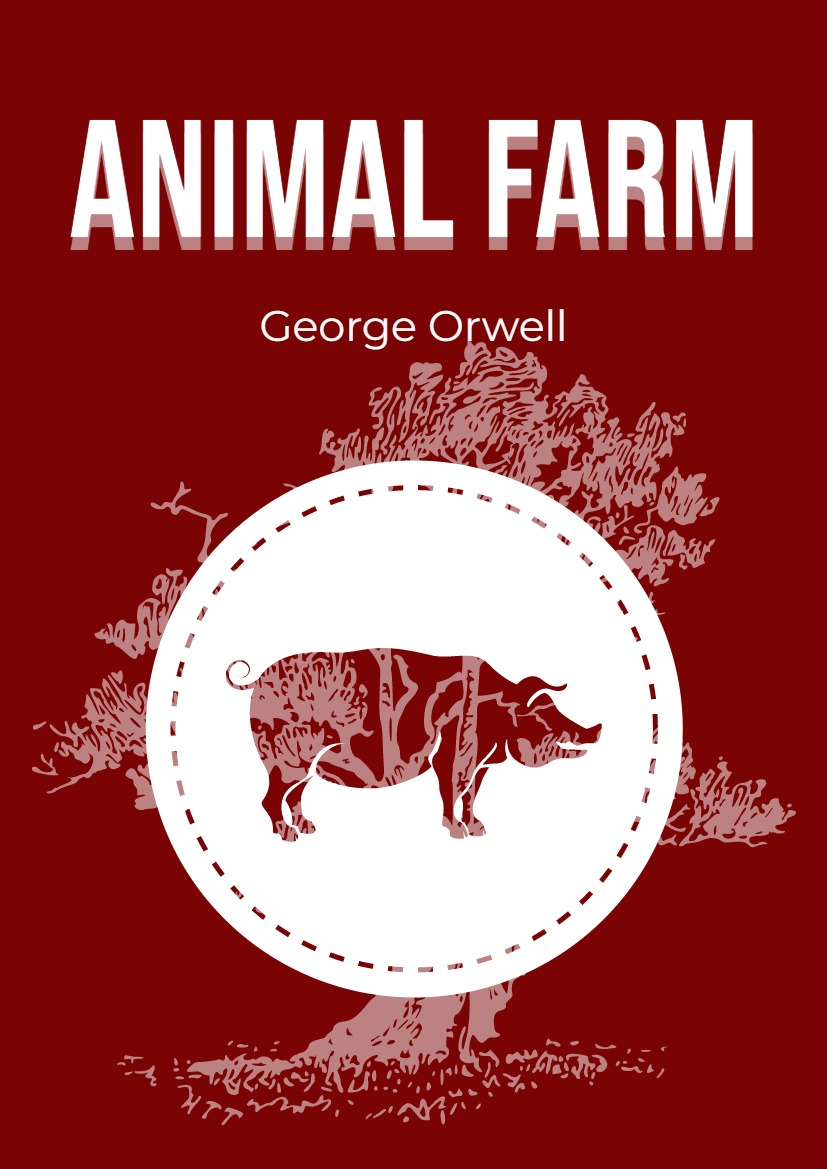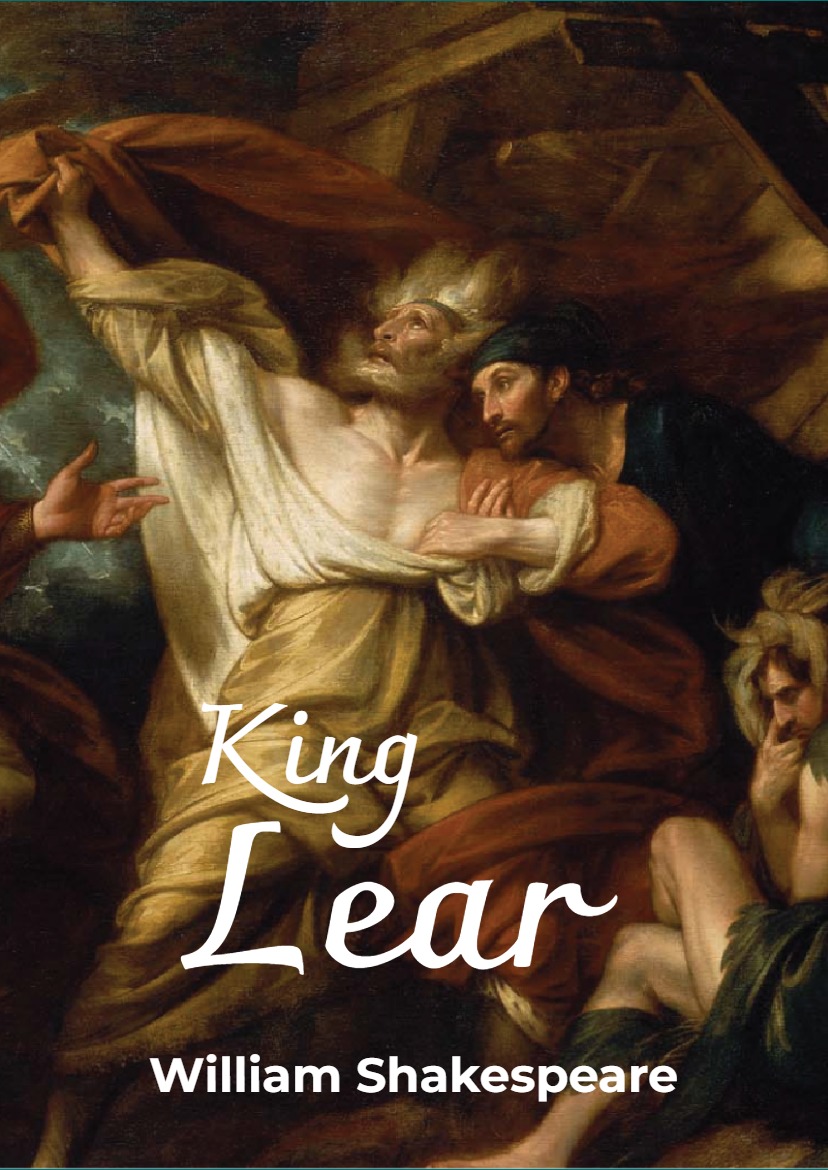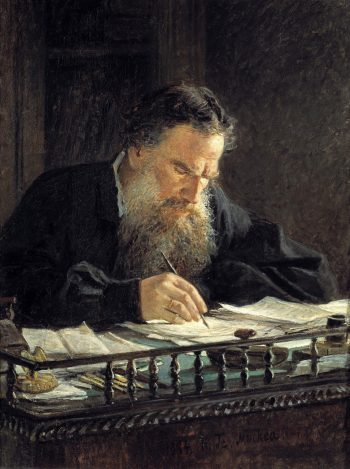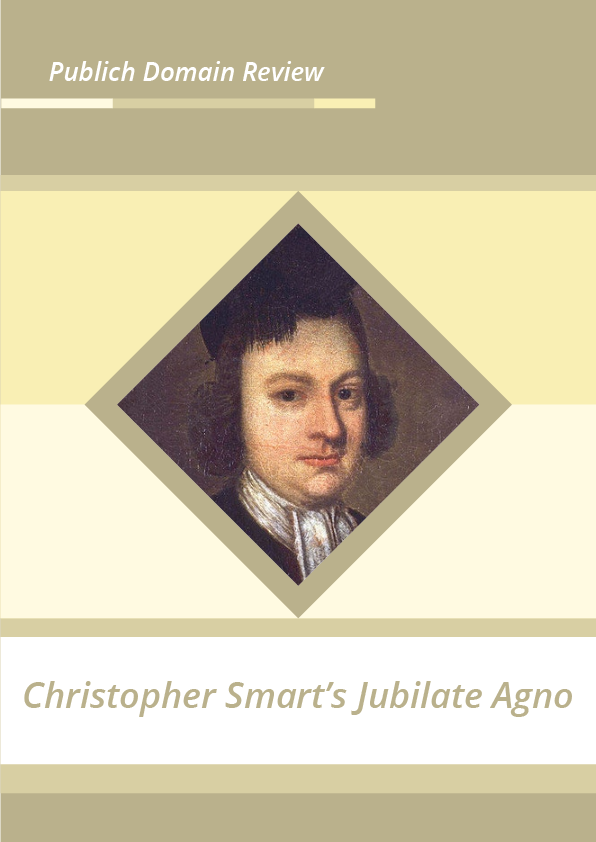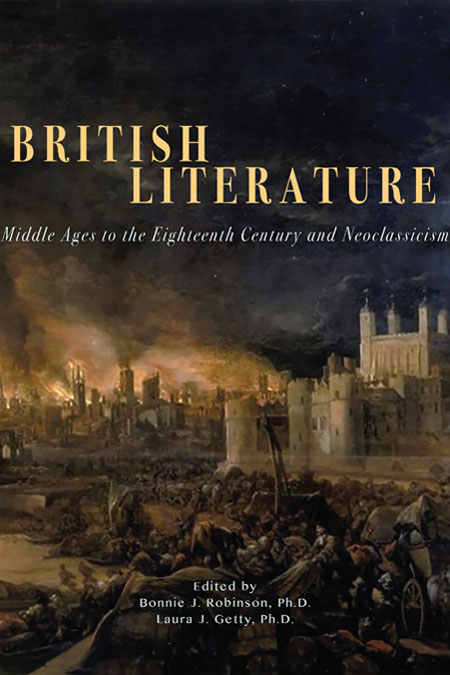Introduction-Native American Accounts
This book is the result of students who have endeavored, over the semesters, to follow links to the public domain locations of the texts I assigned in the Survey of American Literature I course. The ease with which works in the public domain can be digitally accessed has enabled this book exist. In it, you will find a collection of texts that represent the diverse literary cannon that colleges and universities collectively refer to as American Literature.
The authors and texts here are representative of the many writers who were writing throughout the colonization and development of what we now consider the United States of America. The text begins with a selection of Native American stories, which passed down orally for many years before they were committed to paper around the turn of the 20th century. I have included these to give a context to the portrayal of the Native Americans that is provided in the early texts written by explorers and colonists, as well as to acknowledge the vast array of cultures and stories that were present in this continent when the first explorers arrived. From there, the text is organized chronologically. At first, most of the texts are nonfiction, documenting the experiences of traveling to and settling in a new world. Some of these authors will be familiar to you, as they also figure prominently in early American history. Several historical documents are included within this collection, often excerpted from the larger complete document. This text represents a variety of genre, from letters, personal narratives, and speeches to poetry, sketches, and fiction. My hope is that you find this collection useful, interesting, and enlightening.
Introduction-Native American Accounts
It is well to bear in mind that the selections here should not be understood as representative of Native American culture as a whole. There are thousands of different Native American tribes, all with distinct practices. It would not be possible in the space of a typical anthology to represent just the tribes with whom the colonists had the most contact during the early years of European settlement, or even to say with any precision exactly how many tribes the colonists did interact with since European colonists were often unable to distinguish among different tribes. Additionally, we must realize that these works come to us with omissions and mediations. Many Native American tales are performative as well as oral—the meanings of the words supplemented by expressions, movements, and shared cultural assumptions—and so the words alone do not represent their full significance. That being said, the examples of Native American accounts that follow give us some starting points to consider the different ways in which cultures explain themselves to themselves.
First among a culture’s stories are the tales of how the earth was created and how its geographical features and peoples came to be. The Native American creation stories collected here demonstrate two significant tropes within Native American creation stories: the Earth Diver story and the Emergence story. Earth Diver stories often begin with a pregnant female falling from a sky world into a watery world, such as the ones here from the Haudenosaunee (Iroquois) people of the eastern United States and from the Cherokee people from the southern United States. Various animals then work together to create dry land so that the woman may give birth there, starting the process of creating the familiar world and its population. With Emergence stories, here represented by the Zuni creation story, animals and people emerge from within the earth, a distinction from the Earth Diver story that is likely connected to the topography familiar to this tribe from the southwestern United States. Creation stories feature a “culture hero,” an extraordinary being who is instrumental in shaping the world in its current form. Other examples in addition to the works here are the Wampanoag culture hero Moshup or Maushop, a giant who shared his meals of whale with the tribe and created the island of Nantucket out of tobacco ash, and Masaw, the Hopi skeleton man and Lord of the Dead who helped the tribe by teaching them agriculture in life and caring for them in death. Some creation tales show similarities to Judeo‑Christian theology and suggest parallel development or European influence, quite possible since many of these stories were not put into writing until the nineteenth and twentieth centuries. Some Native American creation tales show motifs of movement from chaos to duality to order and beings of creation and destruction paired together, themes also found in European accounts of creation. However, these tales feature significant differences to the European way of understanding the world. These tales often show the birth of the land and of the people as either contemporaneous events, as with the Earth Diver stories, or as the former figuratively birthing the latter, as with the Emergence stories. This suggests the context for some tribes’ beliefs in the essentialness of land to tribal and personal identity. As Paula Gunn Allen (Laguna Pueblo) asserts in The Sacred Hoop (1986), “The land is not really the place (separate from ourselves) where we act out the drama of our isolate destinies . . . It is rather a part of our being, dynamic, significant, real.” In addition, Native American creation tales often depict the relationship between man and animals in ways sharply different from European assumptions. In the Haudenosaunee tale and many other Earth Diver tales like it, animals and cultural heroes create the earth and its distinctive features collaboratively.
